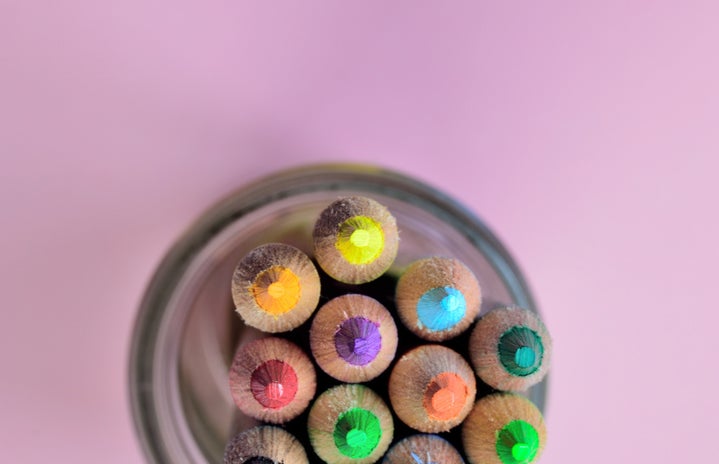We’re missing a key ingredient in education: creativity.
Every college student remembers the painstaking process of preparing for the SAT or ACT. To master these standardized exams, students would repeatedly take practice exams. This process of endless repetition isn’t confined to preparation for college entrance exams. Almost every subject taught in school, english to math, fundamentally lacks one of the most important skills in life: creativity.
There has been an ongoing trend of a lack of creativity in education. We can attribute the loss of creativity in classes to the standardization of education across the country. In elementary school, middle school, and high school, teachers are expected to teach kids exam material. In Florida, prior to the 2022-2023 school year, public school students from grades 3-10 were expected to take the Florida Standards Assessment (FSA). This exam is meant to test whether students are meeting the curricular benchmarks set by the states. Recently, the state dropped the FSA in favor of smaller progress exams that are to be administered throughout the year. These exams are mandatory, and they’re not the only standardized exams that students must prepare for. In high school, many students prepare for the FSA end of course exams, AP exams, and SAT or ACT exams simultaneously. The impact of these exams is that teachers must abide by a strict curriculum to prepare their students for the exam (and keep their jobs).
Don’t get me wrong, educational standards are important and hugely necessary to ensure that students are learning the appropriate materials for success. However, the increase of standardized testing makes it impossible for teachers to give their students opportunities to be creative in the classroom. Even in humanities classes, which are typically less formulaic, teachers are providing their students with exact templates for their essays and projects. In AP classes, the curriculum is so packed that teachers cannot reasonably give their students creative assignments and grade them; they must teach information and move through the course material as quickly as possible.
The de-emphasis of creativity in education is not setting students up for success in their professional careers. In fact, it harms students more than it helps them. In the workplace, creativity is an invaluable skill. Creativity enables entrepreneurship and problem-solving, which is essential in every job (including jobs in STEM fields). Moreover, this improves the status of employees within the workplace as it makes them more essential to their team; it’s a form of job security since employers can’t easily replace creative employees without sacrificing some level of efficacy in their office. Encouraging creativity in the workplace also enriches the quality of employees’ work. It allows them to express their ideas in new ways, which mitigates the negative impacts of burnout in the workplace.
The role of creativity in our daily lives cannot be understated. We consume creative arts all day every day – we watch movies and shows, listen to music and podcasts, read books and articles, and so much more. In order to progress, we must emphasize the importance of creativity in students. To begin, we must loosen curricula. We can prepare for examinations while encouraging creativity in the classroom. For example, teachers can lessen guidelines for projects and essays. This would give students an opportunity to be creative by letting them decide how they want to present information visually and allowing them to choose the order and organization behind their essays and projects. Slackening such guidelines would encourage students to find new ways to problem solve and present information while still teaching the curriculum. Moreover, this would help students memorize information for these exams since they’d have visual aids that they could associate with the material.
Students are developing their sense of selves while learning information about the sciences and arts. It’s overwhelming to grow up and be held to restrictive standards that require them to cram as much knowledge into their heads as they possibly can. Students are not cups to be filled with facts; they’re people. People need creativity in their lives, so let’s start to give students the space to be creative and imaginative.


